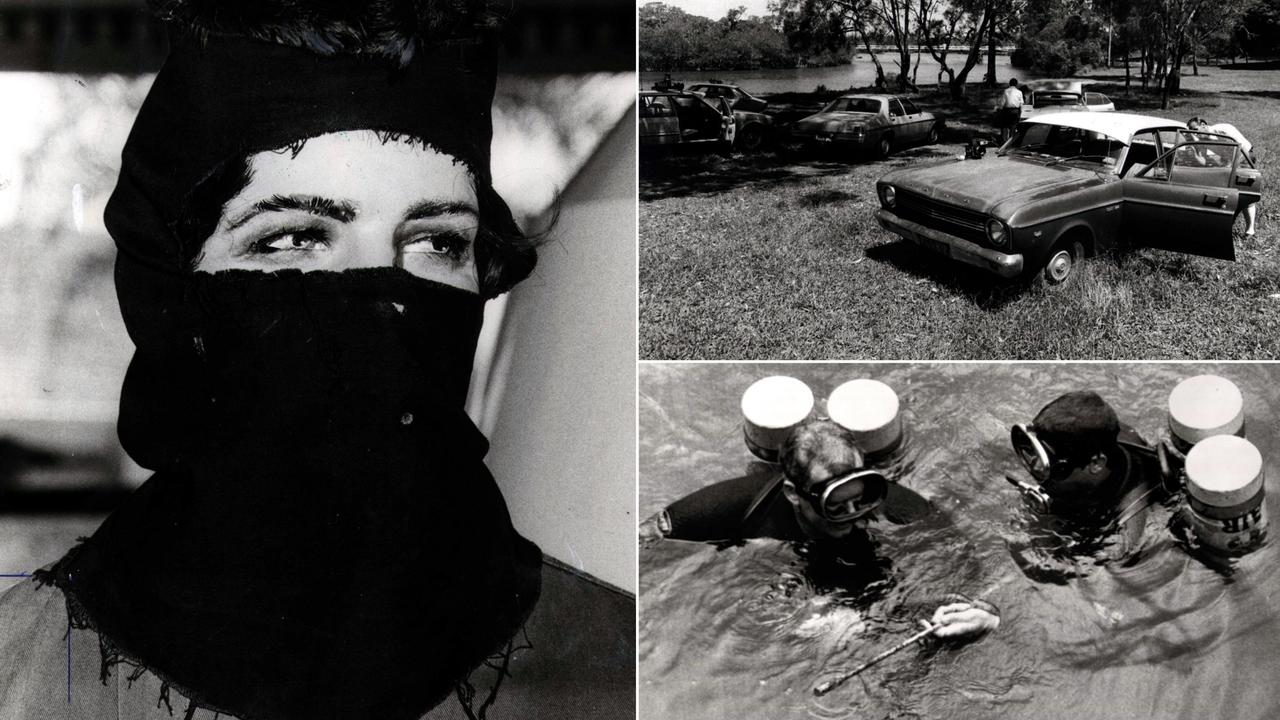At its peak, Apollo employed 400,000 employees and contractors and cost a lazy $211 billion in today’s coin
Project Apollo – the giant undertaking that landed 12 men on the Moon between 1969 and 1972 – was the world’s biggest and most expensive research, development and engineering project in peacetime.
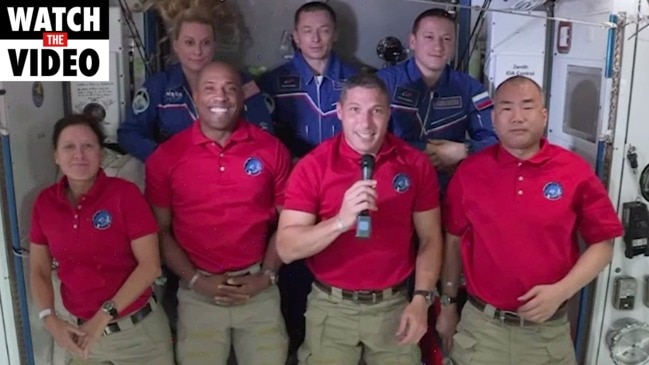
History
Don't miss out on the headlines from History. Followed categories will be added to My News.
PROJECT Apollo – the giant undertaking that landed 12 men on the Moon between 1969 and 1972 – was the world’s biggest and most expensive research, development and engineering project in peacetime.
It was also history’s most blustery bit of sabre rattling.
Indeed, there was plenty riding on Apollo accomplishing President John F. Kennedy’s goal of beating the Soviet Union in the infamous Cold War ‘Space Race’ to ‘assert the superiority of capitalism over communism’.
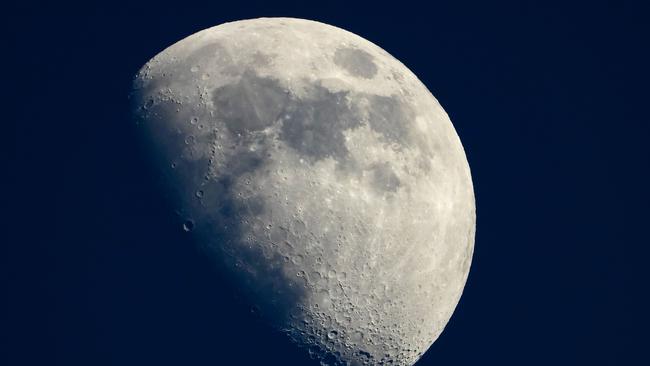
FULL DIGITAL ACCESS: JUST $1 A WEEK FOR THE FIRST 12 WEEKS
Remember too, the entire race to the Moon was set against the backdrop of the war in Vietnam, a jungle conflict that a seriously divided United States, not used to guerrilla warfare, had an icy poles’ hope in hell of winning.
At its peak, Apollo employed 400,000 employees and contractors and cost a lazy $211 billion in today’s coin – ostensibly to have a dozen All American heroes stomping All American boot prints into the dusty lunar surface.
And as the crew of Apollo 8 – the first Apollo to slip the surly bonds of Earth and head to the Moon in December 1968 – strapped themselves in at the top of their 111-metre-tall Saturn V rocket, which would burn 16 tonnes of fuel per second on lift off, it’s a fair bet no one would consider anyone involved with the mission to be high priests of the conservation movement. It certainly would never have entered the astronaut’s minds as the candle lit beneath them.
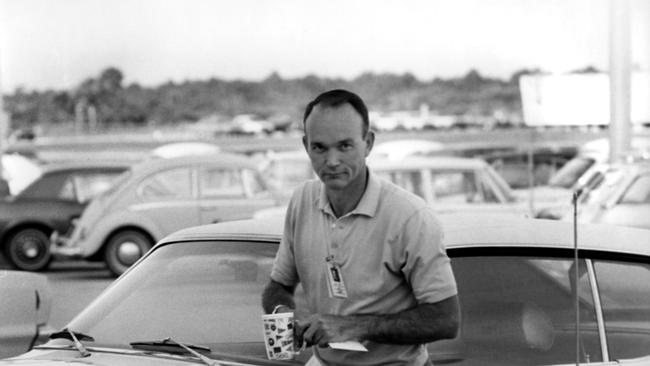
BOM FORECASTS WHEN COAST’S RAIN WILL STOP
But three days later, on Christmas Eve, one of their windows was suddenly and breathtakingly filled with a divine image that would give strength to environmental activism on this planet like … well … like nothing on Earth.
Frank Borman, Jim Lovell (later of Apollo 13 fame) and Bill Anders were to be the first in history to see their own planet rise like a beautiful blue and white marble in an endless black void above the surface of the Moon they were circling.
Anders thankfully had the window seat, wherewithal and nimble enough fingers to replace the black and white film in his camera that he had been training on the Moon’s cratered but colourless surface, with colour film to quickly snap one of the world’s most iconic photos – the Earthrise shot. It has ever since appeared in all its cosmic glory on postage stamps, in books, on posters, in films and documentaries and was pinched by Al Gore to tell the story of Earth’s frailty, vulnerability, awesome beauty and isolation in the vast expanse of space.
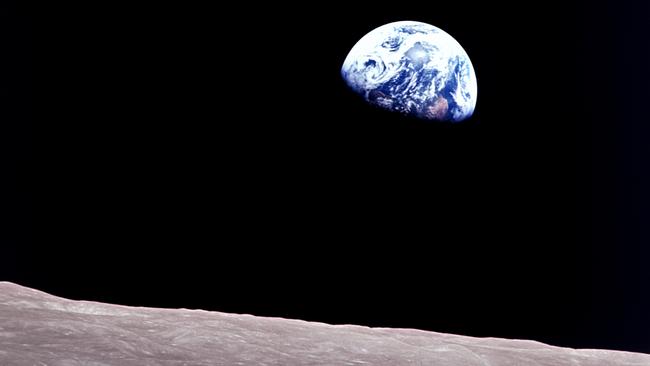
And it was to be an experience shared by every subsequent Apollo crew who frustrated the bejesus out of engineers and scientists on the ground who wanted to know all about the Moon but were getting just as much excited chatter about the Earth from the awestruck spacemen. But it was such a human thing to do.
After all, they were looking at an imperceptibly spinning orb that since the very dawn of time has weathered every cyclone and tornado and tsunami, every war and madman with the nuclear code, meteors and earthquakes, volcanic eruptions and fires and floods, the Flintstone family, every love and loss and every atom of pollution we have spewed from chimneys since the industrial revolution.

To a man they were taken aback by seeing the cling wrap-thin atmosphere we so blindly trust to protect our planet, wondering how long it can continue to withstand the insane ravages from below.
So, without being fully aware at the time, it’s entirely possible we went to the Moon to conquer the heavens, but the greatest legacy of mankind’s greatest adventure ended up being the chance to look back and in on ourselves.
And as climate change becomes more real by the day and we argue crazily as a species how to tackle it best, maybe we should cast our minds to the four surviving Moonwalkers in their rocking chairs at the NASA Old Astronauts’ Home and heed what they were trying to tell us 50 years ago from the Heavenly vantage point that only those few lucky bastards have known.

